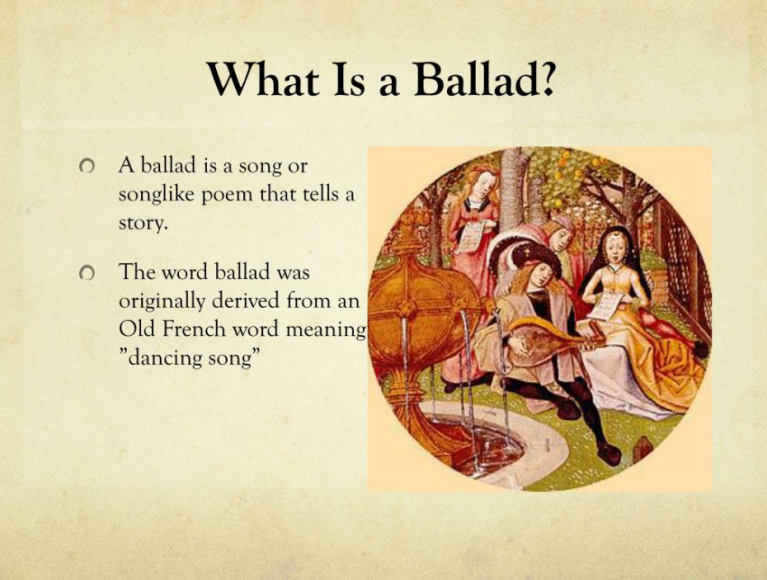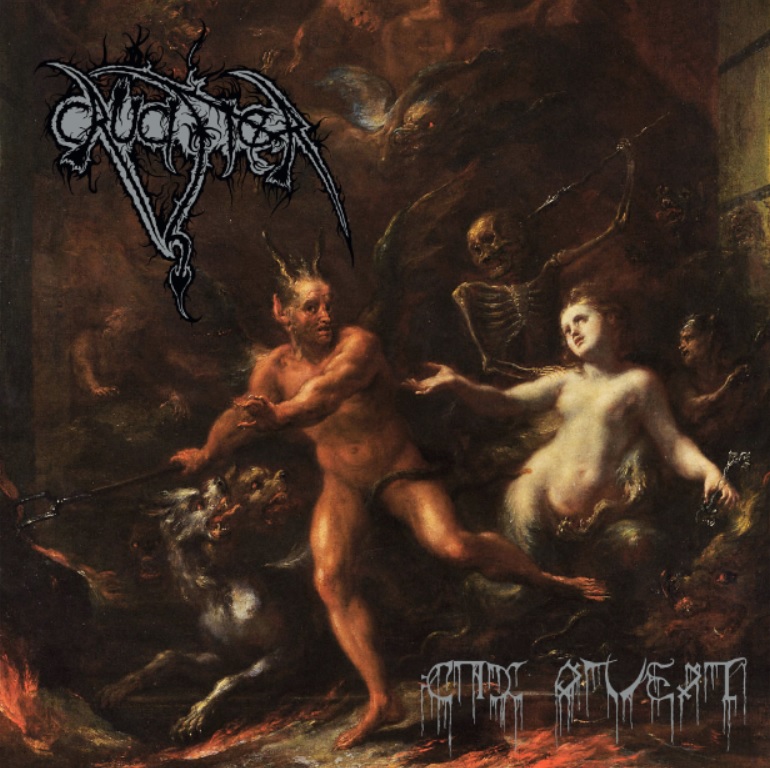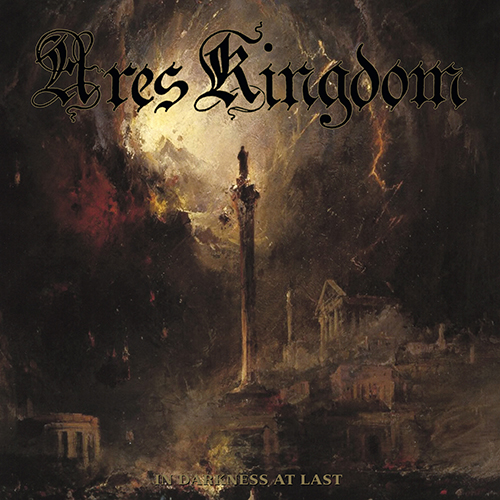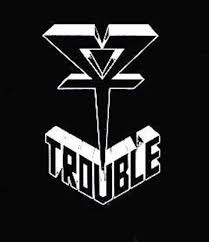Where The First World War lurched into existence, almost despite itself, due to a confluence of accident, preemptive alliances among European nations, and considerations pertaining to mobilization schedules for the armed forces, the origins of the Second Great War of the twentieth century can be directly attributed to a spirit of appeasement widely prevalent in the aftermath of that first, most gratuitous slaughter of human beings in history. Still recovering from the near-fatal body blow to the ideals of the Enlightenment on which Europe based much of its civilizational hauteur, not to mention severely ailing economies following the economic depression of the early thirties, the major players on the scene lacked the desire – and the stomach – for a fresh round of hostilities.
All except one, of course. Adolph Hitler, driven by the idea of lebensraum, an almost-painful need to avenge the humiliations foisted upon the German people by the Treaty of Versailles, and vendettas against Communism and Jewry, two components which he held directly responsible for the weakening of German constitution and whose eradication he considered non-negotiable for her resurgence, engineered his rise from the streets to all-encompassing power using a mix of bullying, bluffing, and a subliminal death-impulse, and in the process pushed Europe and her far-flung empires to the brink of oblivion. And though that eventuality didn’t quite materialize in the way he anticipated, the world that emerged from the ashes was still a drastically different one from the old order.
How War Came documents the diplomatic wrangling behind the scenes in the eighteen months between the Anschluss or reunification with Austria in March, 1938 and the outbreak of the war proper with the invasion of Poland on September 2, 1939. Hitler’s irredentist tendencies and disregard for Versailles had been evident since the remilitarization of the Rhineland, the industrial heartland of Germany entrusted to France to keep any expansionist designs in the near future at bay, in 1936, and only grew progressively more unambiguous with the occupation of the Sudetenland, the predatory overtures towards the Balkan states, and the reintroduction of propaganda over the Danzig corridor with Poland which was to be the fuse that eventually lit the war.
Yet, despite clear and present signs of the conflict to come, an attitude of placation, suspicion, and downright cowardice, prevailed among the gatekeepers of the European peace. One by one, they succumbed to Hitler’s railroading: France meekly gave up the Rhineland and switched to a defensive posture with the construction of the Maginot Line. Then, Great Britain and France joined hands with Germany and Italy at Munich to accept the annexation of the Sudetenland, thereby setting in motion a flutter amongst the pigeons of Southeast Europe who tried desperately to organize themselves into a defensive bloc. The Scandinavian countries stayed resolutely neutral, or tried to anyway until they ran out of choice in the matter. Meanwhile, the Soviet Union, equally suspicious of both the capitalist West and Hitler’s rabid anti-Bolshevism, procrastinated and prevaricated, not willing to give away its hand, always weighing where her interests lay. That she eventually calculated it to be in a non-aggression pact with Germany is but one in a long litany of indictments of human shortsightedness and the politics of expediency.
Mining through diplomatic archives for minutes of staff meetings and telephone conversations between and within embassies, Watt peoples his book with premiers, foreign ministers, ambassadors, and their intrigues which often worked at cross-purposes to their intended goals. With Hitler on the move, the states surrounding Germany – Poland chief among them – and her reluctant partner Italy tripped over themselves to secure guarantees of protection from Great Britain and France who were simultaneously locked in a dead heat with Germany for the Soviet Union’s attentions, a deal with the devil for all parties concerned. These deliberations were to continue until the declaration of the Soviet-German agreement on August 23, 1939, which freed up Hitler’s east flank and allowed him to focus exclusively on Poland. His brilliant record at playing chicken till that point in time precluded him from imagining that Great Britain would ever fulfill her commitments to Poland and throw herself into the fray. His impression of Neville Chamberlain, the British Prime Minister, based on the Munich compromise was justifiedly unflattering but he seems to have made a grave error in gauging the mood inside the British parliament and among the British people themselves, many of whom had lived through one great conflagration and were outraged to find that a new one was being provoked by the foe they had seemingly vanquished. At the back of his mind must have also lurked the disconcerting shadow of the United States. Despite her mixed-isolationist stance, it was inevitable that she would throw in her near-limitless resources if Britain decided she had after all had enough. In hindsight, the outcome of the Second World War may have been decided as soon as it started, long before Operation Barbarossa ran aground in the Russian winter and Pearl Harbor invited the full-scale wrath of the American juggernaut upon the Axis states.
Watt’s writing isn’t exactly absent of bias. He is an old-fashioned British chauvinist and has the choicest ridicule – at times deserved, but often just spiteful – for concerned figures of all nationalities other than his own, for whose ingenuity and probity he has boundless admiration. Prejudicial overlay aside, however, the salient takeaway here, other than the historical record itself, is that the best intentions can fall flat in the face of an adversary possessed by the demon of conviction, misplaced or otherwise, and that the facade of conciliation can stay on for only so long before it lapses into pusillanimity. The victors of World War I shared a spiritual kinship with Germany, so long in the vanguard of European cultural and intellectual achievement. They were prepared to reintegrate her within the greater European community, to even look the other way while she went about correcting the injustices she felt to have suffered in the past. The tenor of the new currents in German polity, building to a crescendo through the years of decay of the Weimar Republic and beyond, however, was unmistakable and ought to have been apprehended and guarded against long before things came to an irreversible pass.










